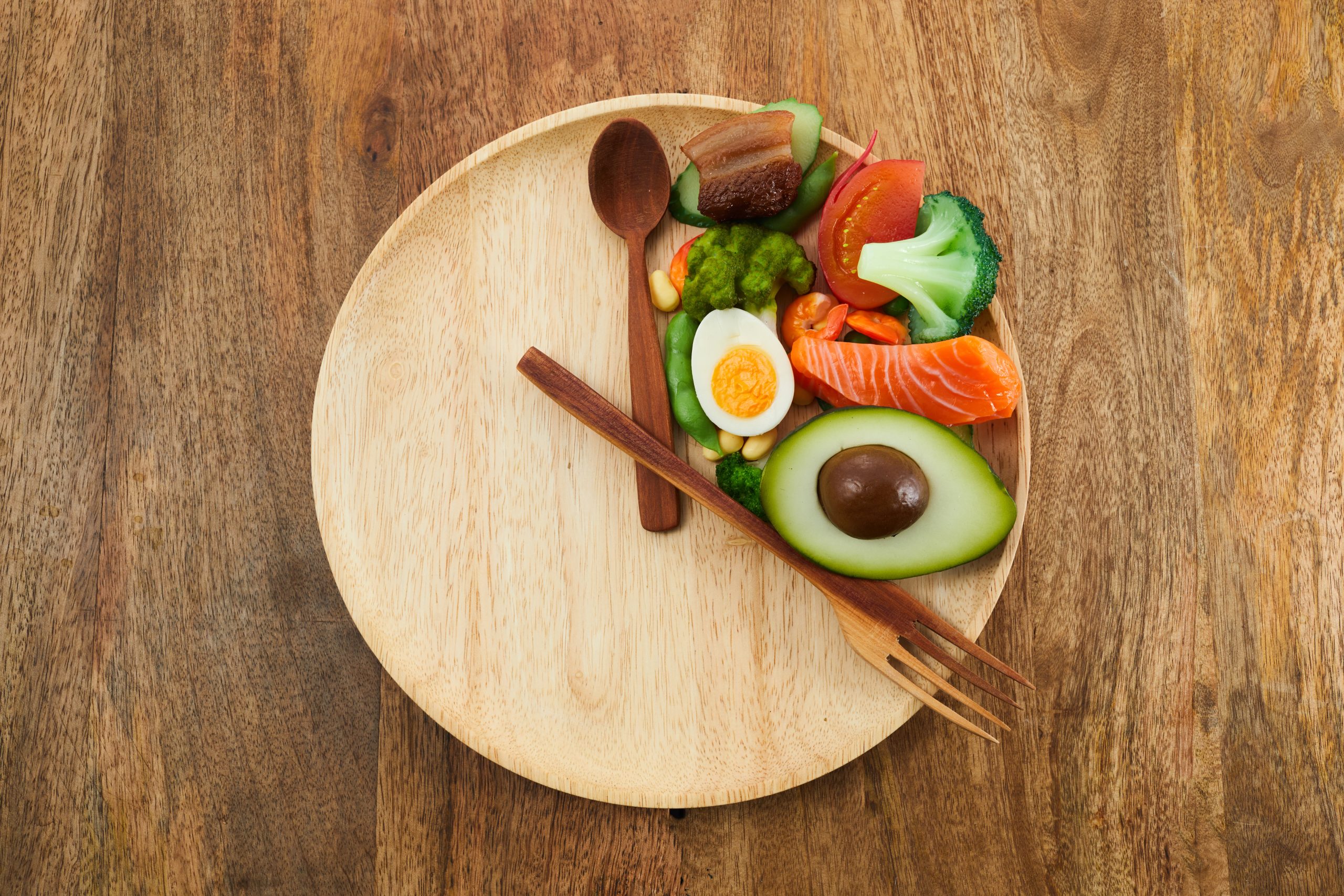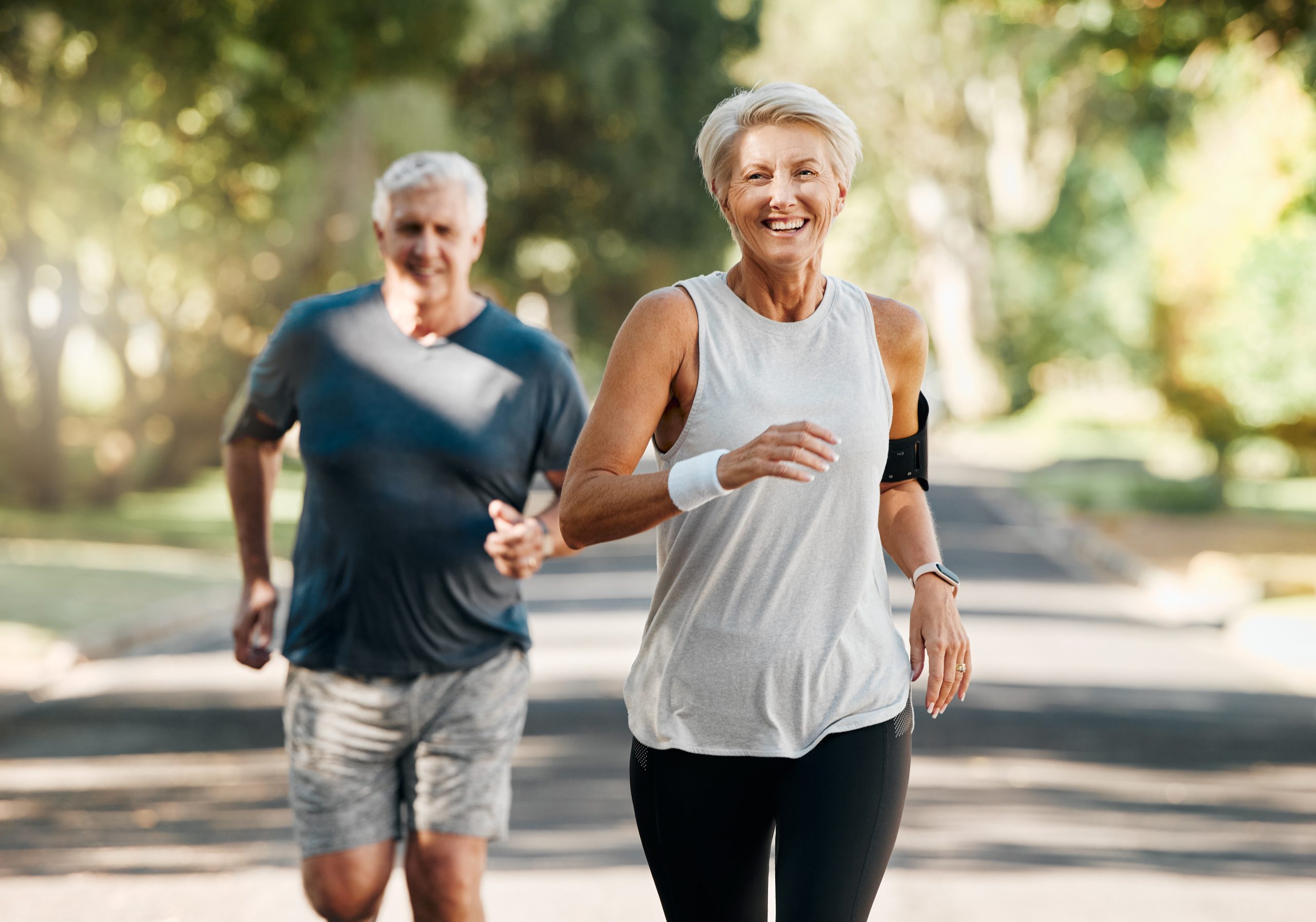Insulin Resistance often goes unchecked until blood sugar abnormalities become obvious.
Dr. Ben Bikman and Dr. Ronda Patrick, FoundMyFitness
How diet, exercise, and sleep can help you reverse insulin resistance and protect long-term metabolic health.
This nearly three-hour masterclass with Dr. Ben Bikman, a scientist and professor at Brigham Young University known for his research on metabolic health, particularly the role of elevated insulin in diseases like obesity, diabetes, and dementia, and Dr. Rhonda Patrick, a scientist with a Ph.D. in Biomedical Science known for her popular podcast and website, FoundMyFitness, where she shares evidence-based research on nutrition, aging, disease prevention, and optimizing health and performance, explores why insulin resistance sits at the center of many chronic diseases and how targeted changes in diet, movement, and sleep can dramatically improve metabolic health.
Overview
In this episode, Dr. Bikman explains how insulin resistance can exist long before blood sugar becomes abnormal, why focusing only on glucose blinds clinicians to early disease, and how simple tools like continuous glucose monitoring (CGM) or even skin changes can reveal hidden metabolic dysfunction. He also dives into the interplay between refined carbohydrates, saturated fat, visceral fat, and hormones, outlining practical strategies to lower insulin, support fat loss, improve sleep, and potentially reduce risk for conditions ranging from type 2 diabetes to cardiovascular disease, fatty liver, Alzheimer’s, and infertility.
Summary
- Insulin resistance often develops years before a diabetes diagnosis, with insulin levels rising two- to four-fold while glucose still looks “normal” on standard lab tests, making the problem easy to miss in a glucose-centered medical model. Dr. Bikman argues that routinely measuring fasting insulin and using CGMs to track post-meal glucose curves would reveal this earlier “pre–pre-diabetic” state and enable earlier intervention.
- The video explains that insulin resistance is linked to a wide spectrum of chronic conditions, including type 2 diabetes, obesity, cardiovascular disease, fatty liver disease, Alzheimer’s, polycystic ovary syndrome, erectile dysfunction, and some cancers, because insulin acts on virtually every cell in the body. A central theme is the idea of “one sick tree”—many diseases as branches growing from a common metabolic root in hyperinsulinemia and insulin resistance.
- Dr. Bikman distinguishes “fast” insulin resistance (driven by stress hormones, inflammation, and chronically high insulin itself) from “slow” insulin resistance that develops over years as fat tissue becomes dysfunctional and spills harmful lipid molecules like ceramides into organs such as muscle and liver. He explains that triglyceride storage alone is not always problematic, highlighting the “athlete’s paradox” where endurance athletes have high intramuscular triglyceride yet remain highly insulin sensitive.
- A major section covers diet: refined carbohydrates and excess calories push the liver to make saturated fat (palmitate) and ceramides, promoting insulin resistance, while the combination of high refined carbs plus high saturated fat appears especially harmful in a high-calorie context. In contrast, when carbohydrate intake is low, people can often tolerate more saturated fat without worsening insulin resistance because insulin drops, metabolic rate rises modestly, and ketones help dissipate extra energy.
- The conversation also explores insulin’s role in fat storage, showing that both calories and insulin must be present for fat cells to grow and that high insulin without enough energy—or calories without insulin—does not reflect real-world physiology. Dr. Bikman uses examples from fat-cell culture and from people with type 1 diabetes (who can remain extremely lean by under-dosing insulin, at severe health cost) to illustrate insulin’s gatekeeping role for body fat.
- Lifestyle tools to reverse insulin resistance include lowering refined carbohydrate load, using time-restricted eating to reduce meal frequency, prioritizing resistance training over cardio for insulin sensitivity, and avoiding late-night eating that spikes glucose and disrupts sleep. The episode also touches on how one bad night of sleep can temporarily worsen insulin resistance, how air pollution and vaping may influence metabolic health, and why cold exposure and strength training may preferentially reduce visceral fat.
- The video critically examines GLP-1 agonists such as Ozempic: their potential benefits for weight loss, blood sugar, and possibly longevity, as well as concerns about overtreatment, muscle loss, mood effects, and whether doses are higher than necessary. Dr. Bikman emphasizes that medications should complement, not replace, foundational strategies like diet quality, movement, circadian-friendly eating, and sleep hygiene to genuinely improve metabolic health.
YouTube Description
This FoundMyFitness episode, “Dr. Ben Bikman: How To Reverse Insulin Resistance Through Diet, Exercise, & Sleep,” explains how insulin resistance silently shapes the trajectory of many chronic diseases and why it is often overlooked until blood sugar abnormalities appear, while also covering the roles of diet, exercise, and sleep, plus hot topics like GLP-1 weight-loss drugs. Viewers are invited to get weekly breakdowns of cutting-edge studies via the FoundMyFitness newsletter at https://www.foundmyfitness.com/newsletter, explore time-stamped chapter segments ranging from “Can you be insulin resistant with normal glucose levels?” to “Does eating dinner early improve insulin sensitivity?”, and follow guest Ben Bikman, PhD, on X at https://x.com/benbikmanphd, Instagram at https://www.instagram.com/benbikmanphd, and his website at https://www.benbikman.com, while also accessing episode show notes and transcript at https://www.foundmyfitness.com/episodes/ben-bikman, listening on Apple Podcasts at https://podcasts.apple.com/us/podcast/104-dr-ben-bikman-how-to-reverse-insulin-resistance/id818198322?i=1000717375694, on Spotify at https://open.spotify.com/episode/2KUK7ZzKnhzz19tm8nKI1L?si=5y-UPFUjRzuHbHxa1tluqA, and supporting the creator’s mission by becoming a FoundMyFitness Premium Member at https://www.foundmyfitness.com/crowdsponsor?utm_campaign=ben_bikman_podcast&utm_medium=podcast&utm_source=podcast_description, which unlocks The Aliquot premium podcast with 130+ episodes.
Transcript Summary
Insulin resistance as a hidden root cause
Dr. Bikman opens by stating that insulin resistance is a common root contributor to many chronic diseases—including type 2 diabetes, obesity, fatty liver, cardiovascular disease, Alzheimer’s, infertility, and some cancers—without claiming it is the sole cause. He explains that insulin acts on every cell in the body, and that focusing only on glucose misses the early stage where insulin is chronically elevated but still holding blood sugar in a normal range.
The glucose-centric paradigm and missed diagnoses
The discussion describes modern medicine’s “glucose-centric” paradigm, where only fasting glucose or A1c are routinely measured, causing clinicians to miss years of hidden hyperinsulinemia. Dr. Bikman notes that in early insulin resistance, insulin may be two to four times normal while glucose remains normal, creating a “cold war” that only later progresses to overt diabetes once glucose finally rises.youtubeveryhealthybody
Using CGMs and skin signs to detect problems
They highlight the value of CGMs for tracking dynamic post-meal glucose rather than fasting values, suggesting that if glucose has not returned to baseline within about two hours after a carb-heavy meal, it may signal a problem. Beyond lab tests, he describes physical signs such as acanthosis nigricans (dark, velvety, tissue-paper-like skin around the neck) and skin tags near the neck or armpits as strong visual markers of insulin resistance that often improve when insulin sensitivity improves.
Why insulin resistance links many diseases
Dr. Bikman explains that insulin resistance manifests as some tissues becoming less responsive to insulin while others are overstimulated by high circulating insulin, which helps explain diverse conditions. Examples include reduced nitric oxide production in blood vessels leading to erectile dysfunction, and excessive insulin signaling in ovaries driving polycystic ovary syndrome by altering sex hormone conversion.youtubeveryhealthybody
Fast vs. slow insulin resistance and ceramides
The conversation distinguishes fast-acting causes—stress hormones, inflammation, and chronic hyperinsulinemia—from slower, structural changes in fat tissue that unfold over years. He emphasizes that ceramides, not simple triglyceride storage, play a central role in blocking insulin signaling in muscle and liver, and that both acute and chronic drivers of insulin resistance promote ceramide accumulation.
Insulin, fat cells, and the role of calories
Dr. Bikman describes experiments showing that fat cells bathed in abundant nutrients stay small until insulin is added, at which point they rapidly accumulate large lipid droplets. He uses the example of “diabulimia” in type 1 diabetes—under-dosing insulin to stay extremely lean despite high calorie intake—to argue that calories alone cannot explain fat gain without the hormonal context of insulin.
Ketosis, energy balance, and metabolic “wiggle room”
He explains that when insulin is low and someone is in ketosis, the body can increase daily energy expenditure by several hundred calories and lose additional calories through excreted ketones in breath and urine. This combination can amount to hundreds of “wasted” calories per day, providing metabolic wiggle room that helps prevent weight gain even when calorie intake is not perfectly restricted.
Carbohydrates, saturated fat, and diet context
Later sections delve into how refined carbohydrates and excess calories stimulate the liver’s de novo lipogenesis, generating palmitate and ceramides that impair insulin signaling, especially when combined with a high-carbohydrate diet and abundant saturated fat. In contrast, in low-carbohydrate contexts, research he cites shows people can eat substantially more saturated fat while still lowering circulating saturated fat levels, because most saturated fat in the blood is produced by the liver from carbs rather than directly from dietary fat.
Lifestyle levers and GLP-1 medications
Throughout, the discussion returns to practical levers—reducing refined carbs, prioritizing protein and whole foods, resistance training, sleep quality, fasting or lower meal frequency, and avoiding late-night eating—as core strategies to reverse insulin resistance within roughly 90 days. The episode also evaluates GLP-1 agonists like Ozempic, examining their potential to help with obesity and metabolic disease while cautioning about high dosing, possible muscle loss, mood effects, and the need to maintain foundational lifestyle changes for durable metabolic health.
Explore these additional videos…
- Weight Loss With Intermittent Fasting – Dr. Jason Fung: https://veryhealthybody.com/how-to-lose-weight-the-scientific-way-intermittent-fasting-jason-fung
- Which Burns Fat Faster — Fasting or Ozempic? (Jason Fung interview): https://veryhealthybody.com/will-fasting-burn-fat-faster-than-ozempic
- Dr. Ben Bikman on Fat Storage and Ketones (separate Ben Bikman Q&A on VeryHealthyBody): https://veryhealthybody.com/the-truth-about-fat-storage-ketones
You might also enjoy these topics…
- MushPonies Horse Cakes With Coriolus Versicolor (immune-support nutrition for equines, featuring glucosamine, carotene, and medicinal mushrooms): https://veryhealthybody.com/MushPonies
- Weight Loss Archives – science-based strategies for fat loss, fasting, and metabolic health: https://veryhealthybody.com/topics/weight-loss/




